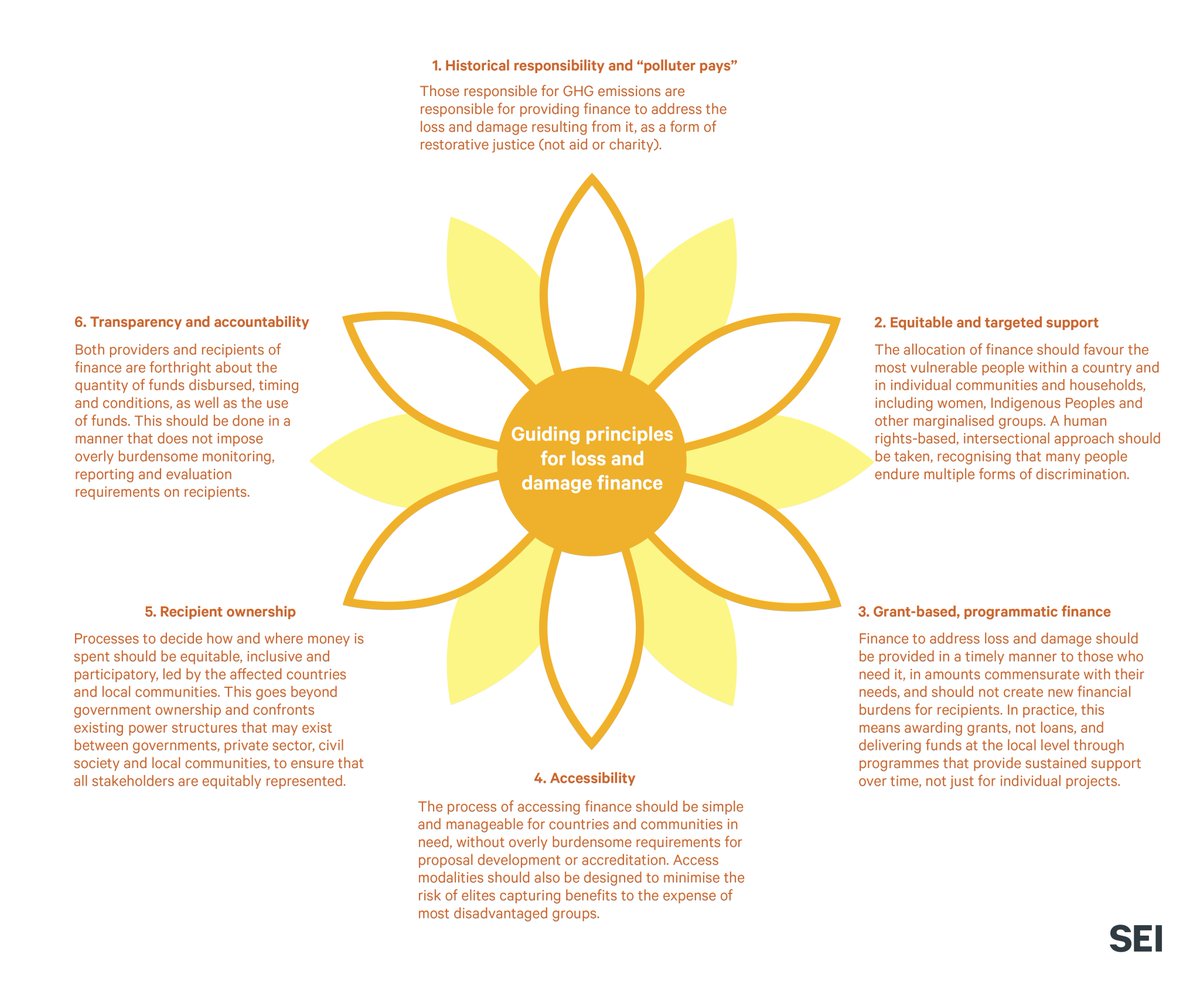
🎙️Podcast | #LossAndDamage
Ahead of #COP27,
@NELSON84139702 shares what L&D means to youths
@BakhtaouiInes & @ZShawoo present insights on the gaps, #ClimateJustice principles, and how to operationalise a fair, feasible & effective #finance.
🎧Tune in: sei.org/featured/podca…
Ahead of #COP27,
@NELSON84139702 shares what L&D means to youths
@BakhtaouiInes & @ZShawoo present insights on the gaps, #ClimateJustice principles, and how to operationalise a fair, feasible & effective #finance.
🎧Tune in: sei.org/featured/podca…
“#LossAndDamage is the greatest #injustice we face as #youth.
We are put aside from decision-making processes. We are bearing climate change impacts though we have contributed little to it,” says @NELSON84139702 at @LossDamageYouth.
“We want #LossAndDamageFinanceNow at #COP27.”
We are put aside from decision-making processes. We are bearing climate change impacts though we have contributed little to it,” says @NELSON84139702 at @LossDamageYouth.
“We want #LossAndDamageFinanceNow at #COP27.”
Most of the existing #finance is to:
- address immediate response after a climate disaster, provided by humanitarian aid & development organisations
- prevent disasters, related to adaptation & linked to development funds, e.g. #ClimateFinance on early warning systems & insurance
- address immediate response after a climate disaster, provided by humanitarian aid & development organisations
- prevent disasters, related to adaptation & linked to development funds, e.g. #ClimateFinance on early warning systems & insurance
Recently there has been a push for #finance dedicated specifically to #LossAndDamage from outside of UNFCCC.
A few governments have started to commit bilateral finance labeled specifically as loss and damage, e.g. 🏴 Scotland, 🇧🇪 Belgian province of Wallonia, and 🇩🇰 Denmark.
A few governments have started to commit bilateral finance labeled specifically as loss and damage, e.g. 🏴 Scotland, 🇧🇪 Belgian province of Wallonia, and 🇩🇰 Denmark.
At #COP26, a #finance facility under UNFCCC proposed by developing states G77 & China fell through due to:
1. Different definitions of #LossAndDamage & where gaps are
2. Fears from developed countries for accepting finance facilities could open up compensation & liability claims
1. Different definitions of #LossAndDamage & where gaps are
2. Fears from developed countries for accepting finance facilities could open up compensation & liability claims
Funds from #ClimateFinance replicate development aid models & don't respect #ClimateJustice principles.
They tend to favour donors' priorities. Thus, project-based model, which requires much time before implementation, is not suitable for #LossAndDamage in emergency situations.
They tend to favour donors' priorities. Thus, project-based model, which requires much time before implementation, is not suitable for #LossAndDamage in emergency situations.
Traditional #finance mechanism has an intermediary at regional/national level. Yet many could be the middleman: subnational govts or private/NPOs.
It requires a bottom-up approach to give local communities platforms & decision power to request funds from middlemen/global funds.
It requires a bottom-up approach to give local communities platforms & decision power to request funds from middlemen/global funds.
Because of the urgency to address #LossAndDamage, we suggest a phased approach to incorporate & increasing #finance for loss and damage through existing structure in the short term, while the #LossAndDamageFinanceFacility under UNFCCC should be an end goal in the medium term.
Actions on #LossAndDamage at #COP27:
1. Recognition from all stakeholders that existing structures do not address the full spectrum of L&D
2. Commitment to mobilise additional targeted L&D finance that aligns to the #ClimateJustie principles
1. Recognition from all stakeholders that existing structures do not address the full spectrum of L&D
2. Commitment to mobilise additional targeted L&D finance that aligns to the #ClimateJustie principles
• • •
Missing some Tweet in this thread? You can try to
force a refresh





